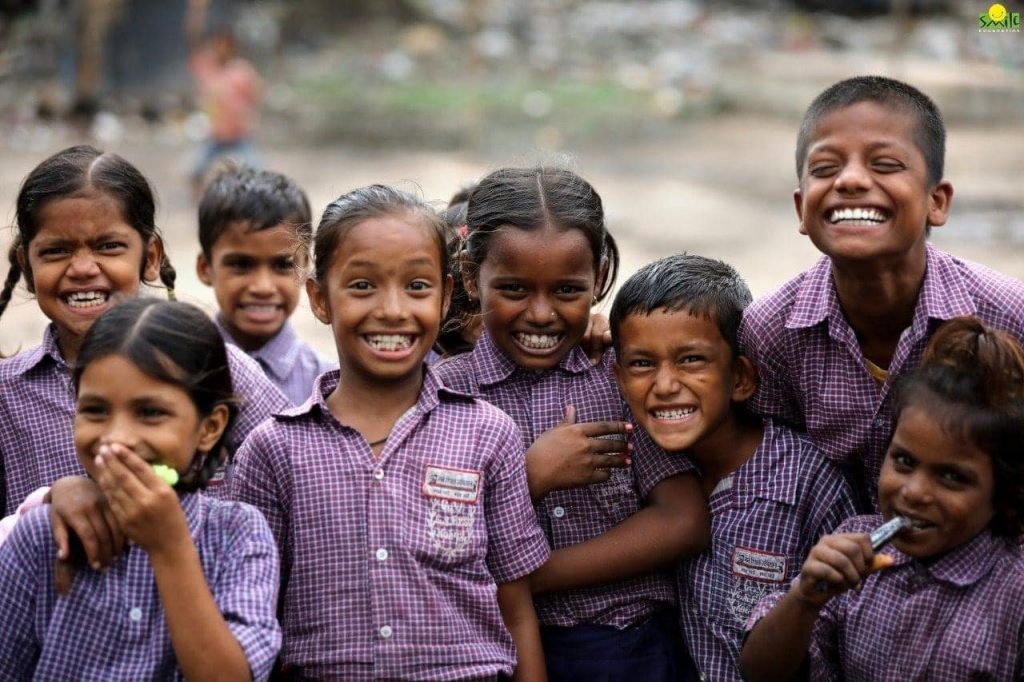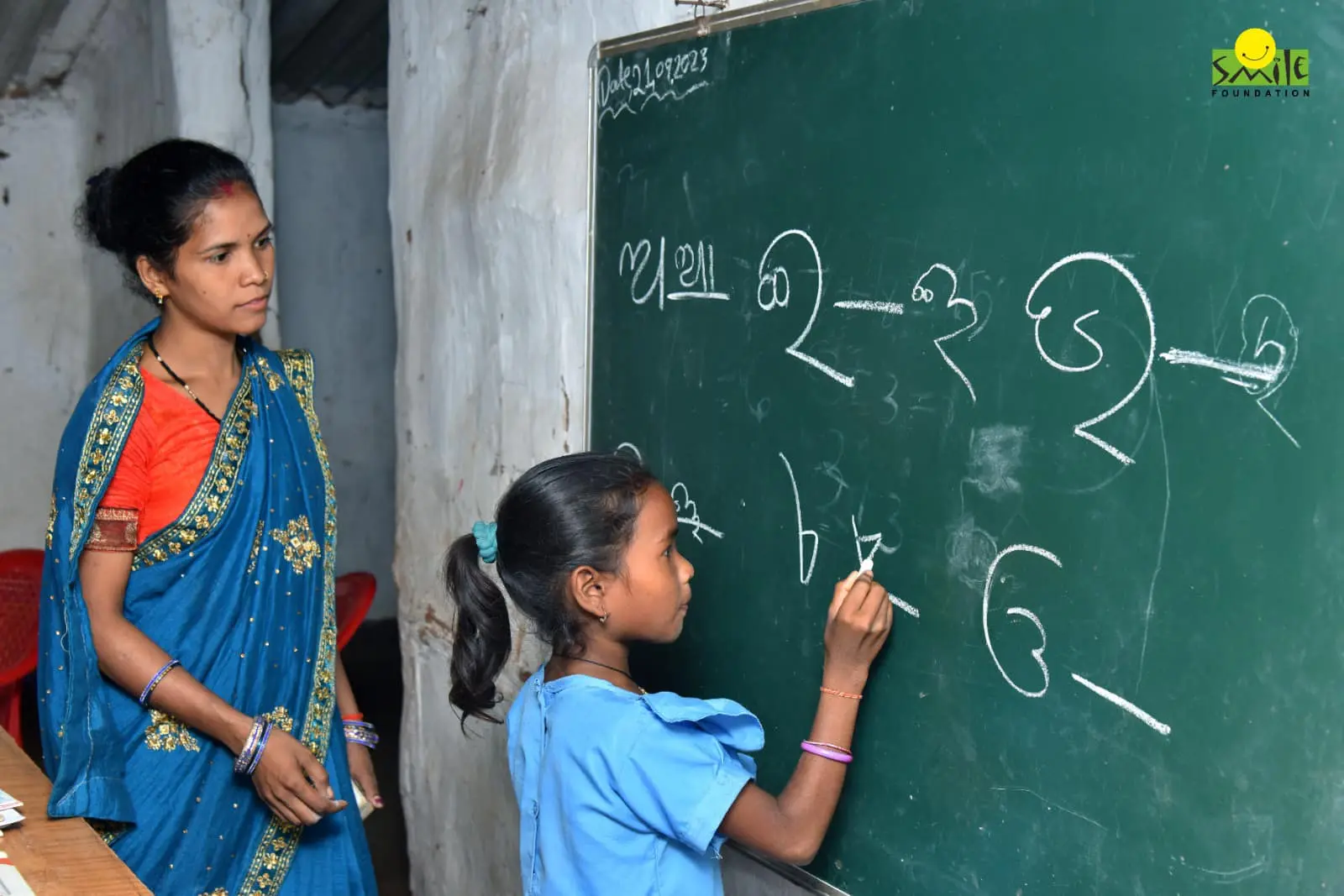Today, we are living in a world which is becoming more and more connected. Technology and spread of internet infrastructure in the remotest parts of the world is ensuring that people can exchange information with the tap of a finger. In this globalised world, multiculturalism in education has become a crucial aspect of fostering inclusive and diverse learning environments.
But what is multiculturalism?
It is a view or a perspective that promotes coexistence of different cultures, races, communities, etc., within a society. India has always been a multicultural society with varied groups representing different religions, languages, castes, ethnicities, etc., having lived together under a common identity for centuries. This multiculturalism of India also makes it an attractive destination for people coming from countries that lack such a diversity.
With the expansion of the internet and other technology, the idea of society has also expanded. Today, someone living in the African continent can make dance videos on Indian Bollywood songs while someone from the US can go all the way to Kazakhstan and share about their unique culture and cuisine with the world.
This also means that people are now being exposed to ways of living and ideas that are completely new to them. While it is an opportunity for learning and growth, it can also be a challenge if people start judging other cultural practices from a critical lens. Therefore, being open to diverse perspectives and willingness to learn from them is an important quality that is needed for a multicultural society to be created and sustained.
Multicultural education aims to provide students with knowledge about the histories, cultures, and contributions of diverse groups, promoting empathy, understanding, and respect for differences. It is a crucial tool needed today for promoting syncretism, respect for each other, and a healthy and vibrant world.
Need for Multicultural Education
As societies become increasingly diverse, it is essential for educational institutions to reflect this diversity in their curricula and teaching practices. It helps students in developing a positive self-concept and addresses the issues of sexism, classism, racism and any other forms of discrimination. Through this, multicultural education helps in promoting a more inclusive and equitable learning environment.
There are various benefits of multicultural education. Let’s take a look at some of them:
- Creativity and innovation – When students are exposed to diverse ideas and perspectives, they are able to think critically and in newer ways. This has the potential to enhance their creativity and foster innovation. Diversity within the classrooms also means unique approaches to problem solving and comparatively higher effectiveness in learning. We can understand this simply in this way that classrooms that have representation from both the genders will see perspectives that are diverse and will both the groups in learning about each other’s unique needs and challenges.
- Empathy and understanding – Imagine a classroom where students from different genders, races, classes and learning abilities study together. In such a diverse environment, they get the opportunity to work closely with someone who has an entirely different worldview or way of approaching things. This can help the students in analysing situations from different viewpoints which may not be possible otherwise. Exposure to diverse backgrounds promotes empathy, emotional intelligence and social skills in students. This helps them develop a deeper understanding of others, preparing them for real-world interactions in an interconnected world.
- Creating a global society – As mentioned above, we are living in a global village today and this means that more and more people are now working in organisations that are multinational and multicultural. For a student who is exposed to multicultural ideas, it may be easier to enter the professional world and work in a diverse team without facing major challenges. However, someone who has never been exposed to other worldviews and cultures may find it difficult to adapt to dynamic work environments. Encouraging diversity in schools equips students with the cultural competence and communication skills they will need to thrive in a global society.
- Engagement and academic success – A direct result of creating multicultural classrooms is that students may find more opportunities to engage with the curriculum as the learning curve is sharper. This inclusivity correlates with improved academic performance, helping students achieve their full potential.
Challenges of Multicultural Education
While we have highlighted the many positives of multicultural education, it is also important to talk about the challenges that persist in creating healthy diverse spaces like that. One of the biggest challenges is lack of educators and processes that can implement a multicultural curriculum effectively. At the same time, we have seen resistance from parents and social groups both in India and countries around the world where they have expressed fear and disappointment over exposure of their children to certain ideas that they may find difficult to accept.
This can be trickier in a country like India where one’s traditional values are also considered to be highly sacrosanct and the pushback from communities can be stronger when they feel that those values are being threatened. Therefore, having skilled educators, policymakers and efficient processes for the implementation of multicultural education is extremely important. Here are some of the strategies that can be adopted:
- Content integration – Diverse cultural perspectives and historical contexts are included in the curriculum from the beginning while understanding the cultural context of the society under which the classrooms are operating.
- Knowledge construction – Helping the students in understanding how biases, cultural assumptions and discriminatory perspectives are formed and how they impact the creation of knowledge.
- Equity pedagogy – Using instructional methods to promote more equitable practices within the classroom and actively working towards removing prejudice towards certain groups can go a long way in creating inclusive learning spaces.
- Multilingual learning – Students may come from diverse linguistic backgrounds and forcing a specific language of instruction on them can be an isolating experience. Therefore, educators should ensure that such barriers are removed, and all the students are made to feel accepted and involved.
Conclusion
Multicultural education is essential for preparing students to thrive in a diverse and interconnected world. By fostering understanding, empathy and respect for differences, multicultural education helps create a more equitable and inclusive society. While there are challenges to implementing multicultural education, the benefits far outweigh the obstacles. Education institutions and countries must continue to invest in resources and training to ensure that all students receive a comprehensive and inclusive education.
In Smile Foundation’s Mission Education Centres located in remote parts of India, native learning is essential to creating inclusive, multicultural environments.. These centres aim to blend traditional knowledge with contemporary education, integrating diverse cultural and linguistic backgrounds into the curriculum to create an environment where students feel seen and valued. By incorporating local customs and languages, the Mission Education Centres encourage students to engage with the material actively, boosting academic success and nurturing critical thinking.
Through strategies like content integration and multilingual instruction, students gain exposure to different worldviews and learn to approach problem-solving creatively. This exposure fosters empathy and understanding, essential for thriving in today’s interconnected world, where collaboration across cultures is becoming the norm. Although challenges persist, such as limited resources and societal resistance to new educational practices, Smile Foundation is committed to equipping educators with the training and resources needed to implement an inclusive curriculum effectively.
By embracing these multicultural approaches, we prepare students not only for academic achievement but also for real-world situations where adaptability and cultural competence are vital. The Mission Education Centres champion the idea that learning should be reflective of diverse identities, thus promoting unity, respect and an equitable society for future generations.









